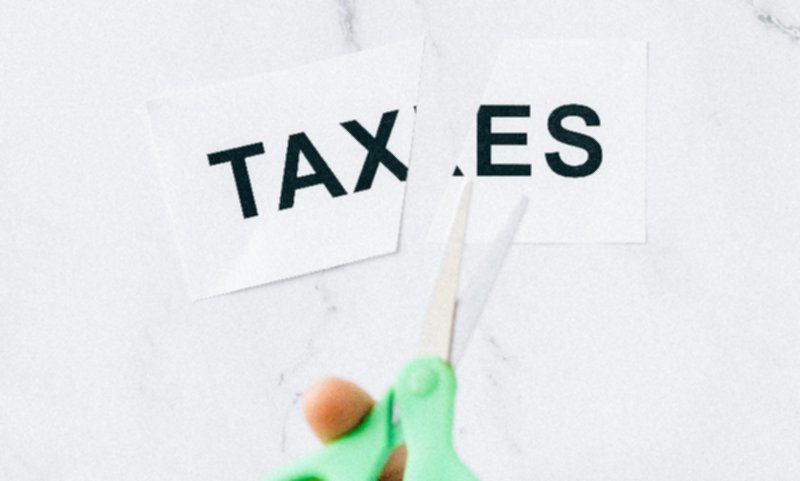Postponed VAT Accounting – Account for Import VAT on the VAT Return
Complete Guide to Using PVA to Improve Cash Flow and Simplify Import VAT Accounting
UK businesses imported £619 billion worth of goods in 2022. With Postponed VAT Accounting (PVA), importers can avoid upfront VAT payments, improving cash flow by an average of £47,000 per business annually.
What is Postponed VAT Accounting (PVA)?
Postponed VAT Accounting (PVA) is a mechanism that allows UK VAT-registered businesses to account for import VAT on their VAT return rather than paying it upfront at the point of importation.
- Introduced after Brexit (1 January 2021)
- Available to VAT-registered businesses importing goods to the UK
- Eliminates the need to pay import VAT immediately
- VAT is accounted for on the VAT return instead
How Postponed VAT Accounting Works
Step 1
Goods arrive in UK
Step 2
Select PVA on customs declaration
Step 3
Receive monthly PVA statement
Step 4
Account for VAT on next VAT return
Benefits of Using Postponed VAT Accounting
PVA eliminates the need to pay import VAT upfront, which can be significant for businesses with large or frequent imports. Instead, VAT is accounted for on the VAT return, typically weeks or months later.
No need to reclaim import VAT through VAT returns – it’s automatically accounted for through the PVA process, reducing paperwork and potential errors.
PVA streamlines the import process by removing the need for VAT payments at the border and subsequent reclaims.
PVA vs Traditional Import VAT Treatment
| Aspect | Traditional VAT Treatment | Postponed VAT Accounting |
|---|---|---|
| VAT payment timing | At point of importation | On VAT return (typically weeks later) |
| Cash flow impact | Negative – upfront payment required | Neutral – no upfront payment |
| Reclaim process | Claim as input VAT on next return | No separate reclaim needed |
| Administration | More complex – payment then reclaim | Simpler – single entry on VAT return |
| Eligibility | Available to all importers | VAT-registered businesses only |
How to Use Postponed VAT Accounting
Step 1: Customs Declaration
When completing your customs declaration, you must:
- Enter your VAT registration number in box 8 (header level) or box 44 (item level)
- Use one of the following VAT payment options:
- Code G – VAT accounted for by importer (VAT registered)
- Code H – VAT accounted for by importer (non-VAT registered but using fiscal representative)
- Ensure your EORI number is registered for VAT
Step 2: Access Your PVA Statement
Each month, HMRC generates a Postponed VAT Accounting statement:
- Available through the HMRC online service
- Contains details of all imports where PVA was used
- Shows the total import VAT to be accounted for
- Downloadable as a CSV file for accounting purposes
Step 3: Complete Your VAT Return
On your VAT return, you must:
- Include the total import VAT from your PVA statement in Box 1 (output VAT)
- Include the same amount in Box 4 (input VAT) if you’re entitled to reclaim the VAT
- Include the value of the imports in Box 7 (total value of sales and purchases)
Practical Example
Scenario: A VAT-registered business imports goods with a customs value of £50,000. Import VAT at 20% would be £10,000.
Traditional Method:
– Pay £10,000 import VAT at border
– Claim £10,000 as input VAT on next VAT return
– Cash flow impact: £10,000 outlay for 1-3 months
Using PVA:
– No payment at border
– Report £10,000 in Box 1 (output VAT) of VAT return
– Report £10,000 in Box 4 (input VAT) of VAT return
– Cash flow impact: None – net VAT position is £0
Savings: The business avoids tying up £10,000 for the VAT period.
Eligibility Criteria
| Criteria | Eligible | Not Eligible |
|---|---|---|
| VAT registration | VAT-registered in UK | Not VAT-registered |
| Goods type | Standard and reduced rate goods | Excisable goods (alcohol, tobacco, fuel) |
| Import purpose | Business use | Personal use |
| Customs procedure | Most customs procedures | Certain special procedures |
Completing Your VAT Return with PVA
VAT Return Example with PVA:
Box 1 (VAT due on sales): £15,000 (including £10,000 PVA VAT)
Box 4 (VAT reclaimed on purchases): £12,000 (including £10,000 PVA VAT)
Box 7 (Total value of sales): £75,000
Net VAT to pay: £3,000 (£15,000 – £12,000)
Note: The £10,000 PVA VAT appears in both Box 1 and Box 4, resulting in no net VAT payment for the import element.
Common Mistakes to Avoid
Failing to correctly complete the customs declaration can result in:
- Being charged import VAT at the border
- Delays in releasing your goods
- Potential penalties for incorrect declarations
| Mistake | Consequence | Prevention |
|---|---|---|
| Forgetting to download PVA statement | Incorrect VAT return filing | Set reminder to download monthly statement |
| Not including PVA VAT in Box 1 | Underdeclaration of output VAT | Double-check VAT return before submission |
| Incorrect EORI number | Customs clearance delays | Verify EORI number is correct and VAT-registered |
| Using PVA for non-eligible goods | Customs compliance issues | Check eligibility before using PVA |
Record Keeping Requirements
Businesses using PVA must maintain detailed records for 6 years:
- Monthly PVA statements from HMRC
- Customs declarations for all imports
- Import invoices and supporting documentation
- VAT returns showing PVA entries
- Evidence of business purpose for imports
Frequently Asked Questions
Can I use PVA for imports from EU and non-EU countries?
Yes, PVA can be used for imports from all countries, not just EU member states.
What if I make an error on my customs declaration?
You must submit a revised customs declaration as soon as possible. For serious errors, you may need to contact HMRC’s Customs helpline.
Can I use PVA if I use a customs agent?
Yes, but you must ensure your agent knows to use PVA on your behalf and provides you with the necessary documentation.
Need Help With Postponed VAT Accounting?
Our VAT and customs specialists can help you implement PVA correctly, ensuring compliance and maximizing your cash flow benefits.
Get PVA Advice

